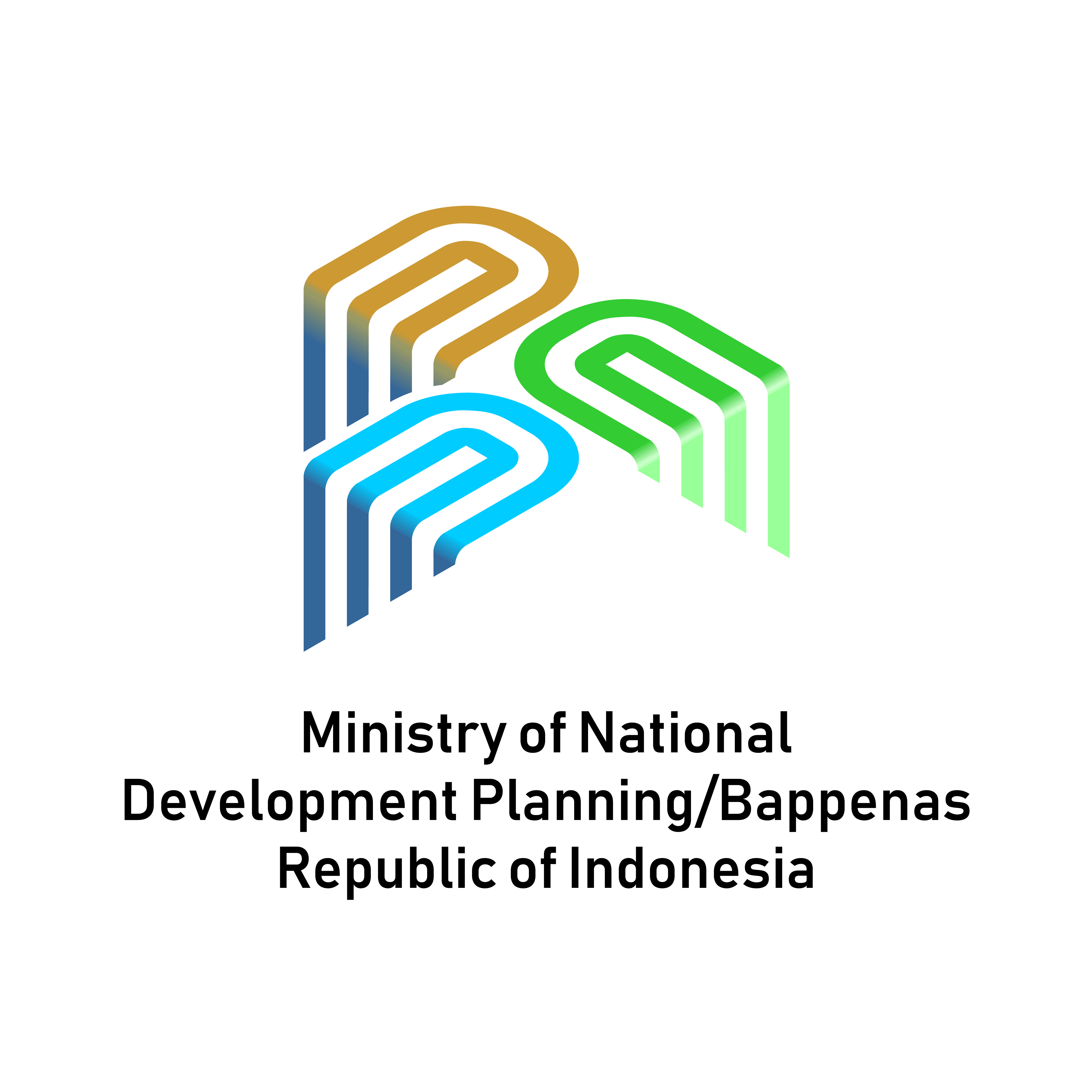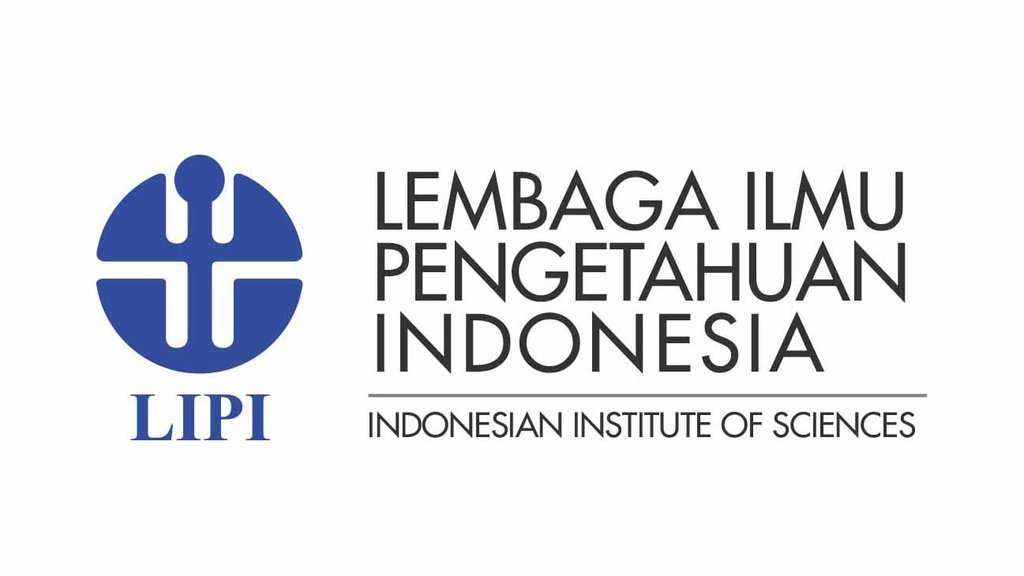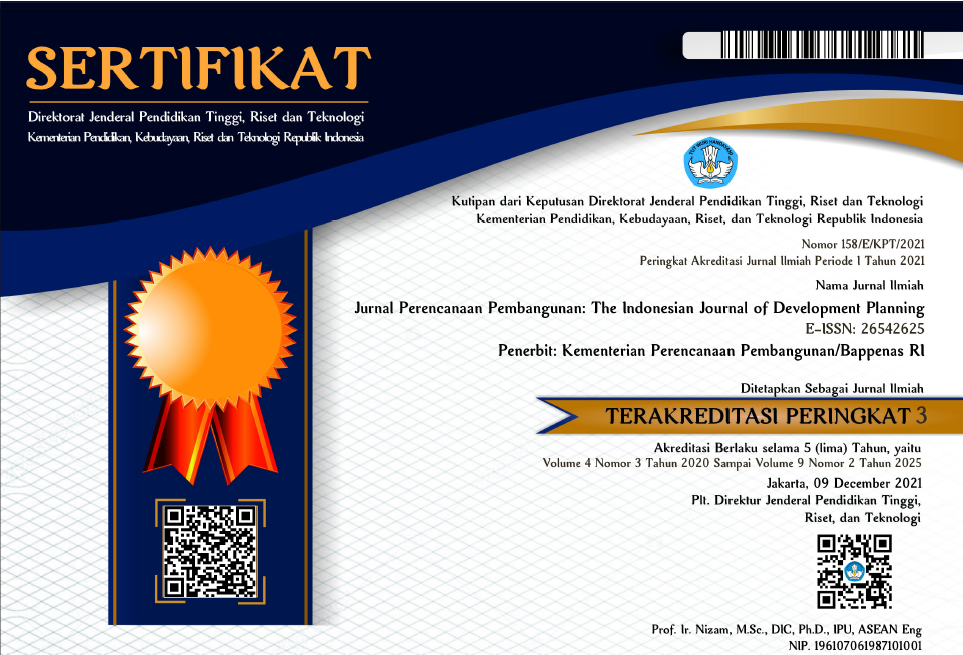Corruption and Firm's Decision to Export: Evidence from Indonesia
DOI:
https://doi.org/10.36574/jpp.v6i1.281Keywords:
corruption, export, export decision, international tradeAbstract
Trade liberalization is an excellent opportunity for many firms in a country to export their products. For several years, there have been continuous discussions over what factors influence a company's decision to export. One of the essential factors that companies consider when deciding to export or not is the institutional environment, such as corruption. This study investigates the corruption's impact on firms concerning the export markets. Specifically, this study argues that corruption has a grease effect on the economy and may increase the probability of exporting directly or indirectly. The model's propositions are tested using a comprehensive dataset covering over 2,700 companies in Indonesia in 2009 and 2015 by adopting the probit and logit method. The cross-section and panel regressions confirm that firms are more likely to become exporters if they perceive higher levels of corruption in their home regions. In addition, the intensity of their exporting operations is related to business characteristics such as the firm's age, size, foreign ownership, and access to foreign technologies.
Downloads
References
Athanasouli, D., & Goujard, A. (2015). Corruption and management practices: Firm level evidence. Journal of Comparative Economics, 43(4), 1014–1034. https://doi.org/10.1016/j.jce.2015.03.002
Bernard, A. B., Bradford Jensen, J., Redding, S. J., & Schott, P. K. (2007). Firms in international trade. Journal of Economic Perspectives, 21(3), 105–130. https://doi.org/10.1257/jep.21.3.105
Blackburn, K., Bose, N., & Emranul Haque, M. (2005). The incidence and persistence of corruption in economic development. Journal of Economic Dynamics and Control, 30(12), 2447–2467. https://doi.org/10.1016/j.jedc.2005.07.007
Cuervo-Cazurra, A. (2016). Corruption in international business. Journal of World Business, 51(1), 35–49. https://doi.org/10.1016/j.jwb.2015.08.015
Cuervo-Cazurra, A., & Dau, L. A. (2009). Structural reform and firm exports. Management International Review, 49(4), 479–507. https://doi.org/10.1007/s11575-009-0005-8
Doh, J. P., Rodriguez, P., Uhlenbruck, K., Collins, J., Eden, L., & Shekshnia, S. (2003). Coping with corruption in foreign markets. Academy of Management Executive, 17(3), 114–129. https://doi.org/10.5465/ame.2003.10954775
Hosny, A. (2017). Political Stability, Firm Characteristics and Performance: Evidence from 6,083 Private Firms in the Middle East. Review of Middle East Economics and Finance, 13(1), 21. https://doi.org/10.1515/rmeef-2017-0005
Kato, A., & Sato, T. (2015). Greasing the wheels? the effect of corruption in regulated manufacturing sectors of India. Canadian Journal of Development Studies, 36(4), 459–483. https://doi.org/10.1080/02255189.2015.1026312
Kenny, P., & Warburton, E. (2021). Paying bribes in Indonesia?: A survey of business corruption. https://www.newmandala.org/wp-content/uploads/2021/01/Paying-bribes-in-Indonesia_formatted.pdf
KPK. (2019). Laporan Tahunan KPK Tahun 2019. https://www.kpk.go.id/images/pdf/Laporan-Tahunan-KPK-2019-Bahasa.pdf
Krammer, S. M. S., Strange, R., & Lashitew, A. (2018). The export performance of emerging economy firms: The influence of firm capabilities and institutional environments. International Business Review, 27(1), 218–230. https://doi.org/10.1016/j.ibusrev.2017.07.003
Lee, M., Yin, X., Lee, S., Weng, D. H. ., & Peng, M. (2014). The impact of home country institutions on new venture export: examining new ventures in transition economies. International Entrepreneurship and Management Journal, 11(4), 823–848. https://doi.org/10.1007/s11365-014-0316-5
Lee, S. H., & Weng, D. H. (2013). Does bribery in the home country promote or dampen firm exports? Strategic Management Journal, 1487(34), 1472–1487. https://doi.org/10.1002/smj
Mauro, P. (1995). Corruption and Growth. The Quaterly Journal of Econmics, 110(3), 681–712. http://www.jstor.org/stable/2946696
Melitz, M. J. (2003). The impact of trade on intra-industry reallocations and aggregate industry productivity. Econometrica, 71(6), 1695–1725. https://doi.org/10.1111/1468-0262.00467
Olney, W. W. (2016). Impact of corruption on firm-level export decisions. Economic Inquiry, 54(2), 1105–1127. https://doi.org/10.1111/ecin.12257
Qi, G., Zou, H., Xie, X., Meng, X., Fan, T., & Cao, Y. (2018). Obedience or escape: Examining the contingency influences of corruption on firm exports. Journal of Business Research, 106(July), 261–272. https://doi.org/10.1016/j.jbusres.2018.09.004
Shleifer, A., & Vishny, R. W. (1993). Corruption. Quarterly Journal of Economics, 108(3), 599–617. https://doi.org/10.2307/2118402
Singh, D. A. (2009). Export performance of emerging market firms. International Business Review, 18(4), 321–330. https://doi.org/10.1016/j.ibusrev.2009.03.002
Transparency International. (2020). Corruption Perception Index 2020. https://www.transparency.org/en/cpi/2020/index/nga
WTO. (2019). World Trade Statistical Review 2019. https://www.wto.org/english/res_e/statis_e/wts2019_e/wts2019_e.pdf
Downloads
Published
How to Cite
Issue
Section
License
This is an open-access article distributed under the terms of the Creative Commons Attribution-NonCommercial-ShareAlike 4.0 International License. Copyright © Kementerian PPN/Bappenas RI


















